Why Visit Valencia, Spain’s Coastal, Cultural City
This website uses affiliate links which may earn a commission at no additional cost to you. As an Amazon Associate I earn from qualifying purchases.
Updated: 9th October 2025
Valencia is the kind of place you’ll either stay a day or stay a while. A few hours southwest of Barcelona, and a short jump north of Benidorm, the capital of the Valencian autonomous community more than holds its own against both of these popular Spanish cities. Yet, criminally, for many, it’s often little more than a day trip spent flitting between the Ciutat Vella and the Ciudad de las Artes y las Ciencias.
Big mistake. Spain’s third-largest city is best savoured slowly. It’s unhurried and green. Energetic and experimental. And it feels equal parts Spanish and separate. Is Valencia worth visiting? Certainly. Just don’t rush it. For sure, you’ll come to taste Paella in its home region, amble along a riverbed turned city-ringing park, and ooh and ahh over the pretty Old Town. But then stay a while to experience a corner of Spain that doesn’t feel too commercialised, too overwhelmed, or unsure of its future.
Valencia is different, and that’s very much its appeal. Linger over modern art, learn more about the fiery tradition of Fallas, and spend your days cycling between futuristic architecture, rice paddies and golden sands. You’ll soon see how varied the reasons are to visit Valencia.
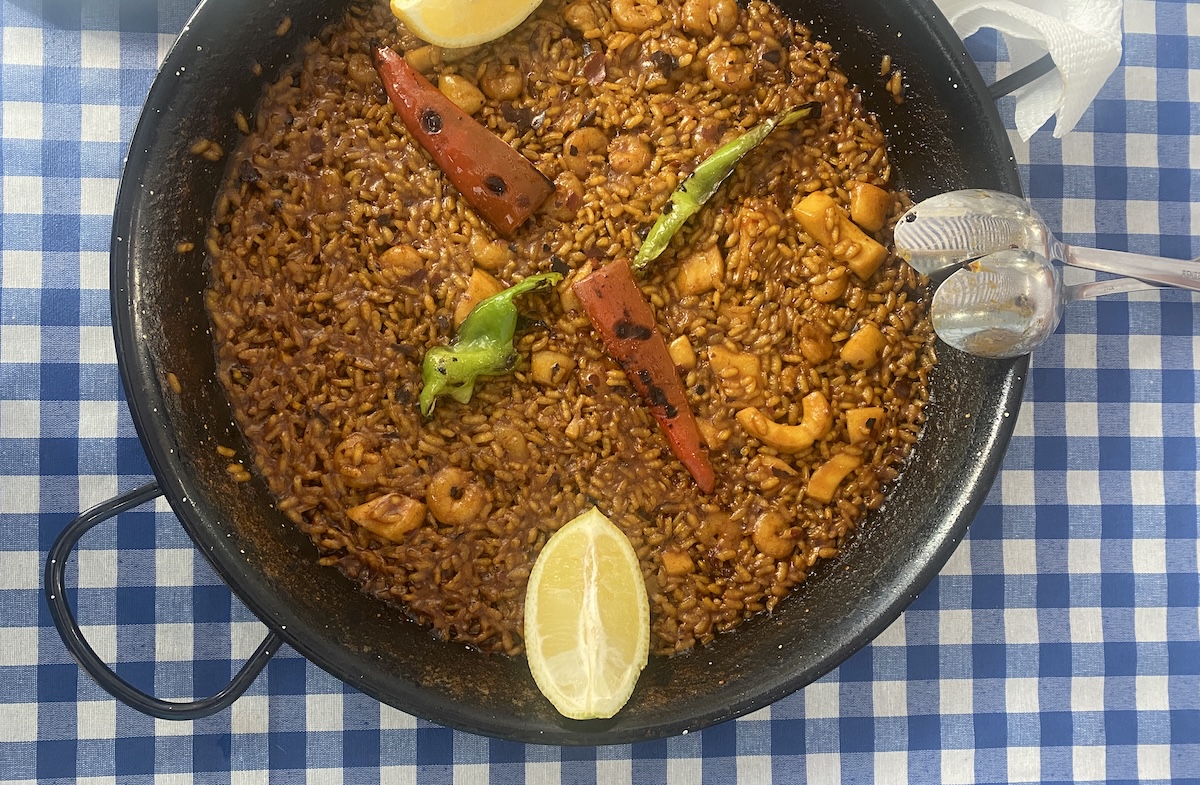
From Paella to pumpkin, the gastronomy is perfectly provincial
Valencia is one of Spain’s most scrumptious foodie destinations. A critical trade hub for centuries, and a crossroads of cultures, being at the western end of the Old Silk Road, the city’s gastronomic scene has been shaped by travellers and arriving spices as much as its enviable coastal position, wedged between irrigated flats ideal for growing rice and the bounty of the Mediterranean sea.
The region’s most ubiquitous dish is Paella, named for the shallow pan in which this one-pot rice dish is cooked. It’s a mandatory sampling here to try the real deal, rather than the tourist-focused, poorly flavoured imitations you often find elsewhere in Spain. Once you’ve found the perfect paella, a heaped skillet of saffron-seasoned rice with chicken and rabbit in its most traditional form, or seafood as has become popular, you’ll fully understand why this dish is celebrated as one of Spain’s finest. Head out of the city to the Albufera de València lagoon to sample it alongside the paddies where it was invented, or spend an afternoon at a cooking class learning the roots of this iconic dish.
Take your taste buds on a tour of the provincial table by ordering anything pumpkin. Buñuelos de calabaza, a fried fritter prevalent around festivals, and olla amb carabassa, a pumpkin stew popular outside of summer, are just two of the most common regional recipes. Pair it with a glass of local cava, or better still, an Aigua de València, which combines gin, vodka, and orange with the regional sparkling wine. Horchata, a 13th-century beverage of crushed and sweetened tiger nuts blended with citrus and cinnamon, is another of the city’s signature drinks. Sweet tooth? Enjoy a glazed farton bun, a speciality of nearby Alboraya town, whenever you order a coffee.
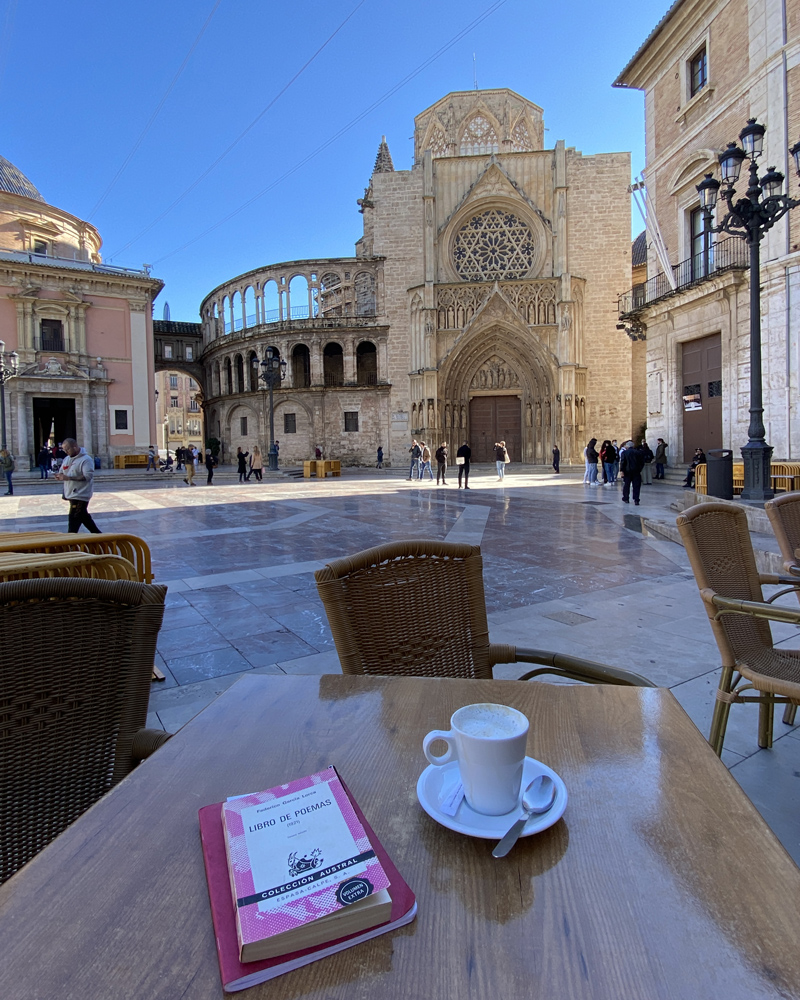
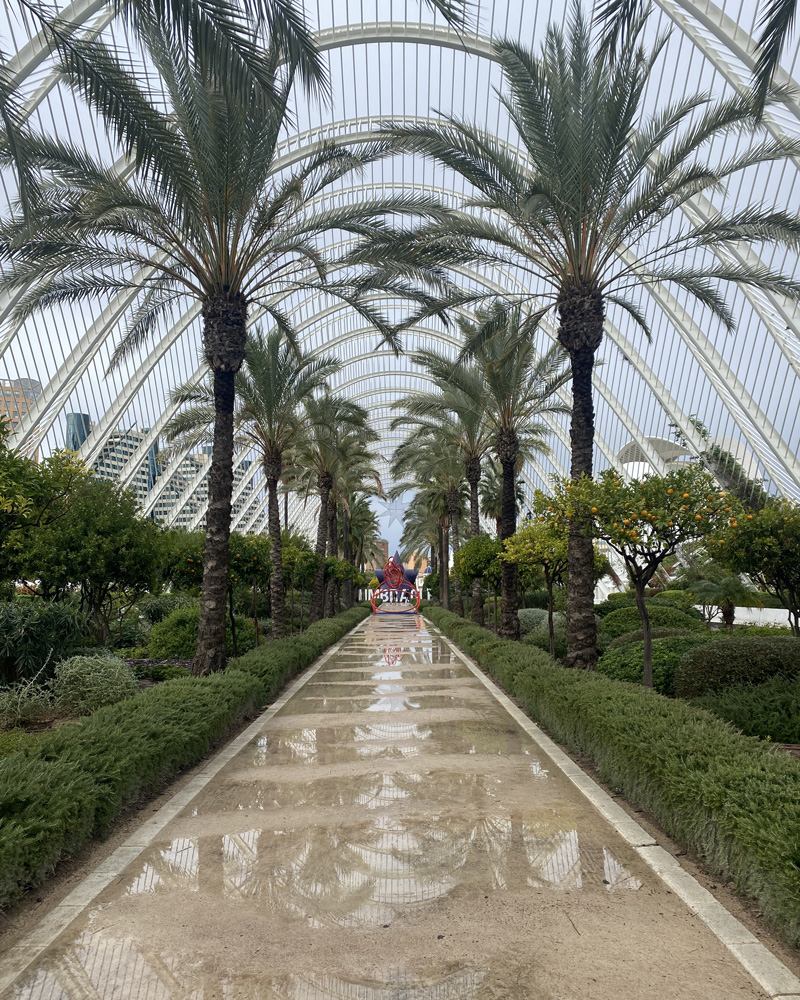
It’s arguably Spain’s top city for slow travel and immersion
As far as big cities go, Valencia deserves recognition for often feeling like a small town. Beyond the most famous sights, the local districts are all distinct, with Ruzafa’s vintage stores and quirky cafes feeling a world away from coastal Cabanyal’s salty air and fisher traditions. Slow down, and Valencia will reward you.
How slow? If time allows, take at least a week to get to know the city. I’m a big fan of cultural immersion through language, and I’d always recommend a slower sojourn in Spain be paired with some language skill learning. I spent three months in Granada (Andalusia) attending an intensive Spanish school, as well as a shorter period studying in Valencia, and I loved both experiences. However, I will say that learning Spanish in Andalucia, with its distinct accent, was sometimes more challenging than learning in Valencia. Although the region has its own language, Spanish is the primary language, and I found the pronunciation to be much easier to grasp.
That’s not to say language learning is the be-all and end-all of a slow stay. Cooking classes, cultural programmes, and making connections with locals and fellow learners are all often part of the language school experience. You’ll be surprised by just how varied in age and life story the people you meet are. Explore the local offerings at espanoleschool.com, and your trip can soon become an unforgettable, immersive experience, rather than simply a sunny holiday.
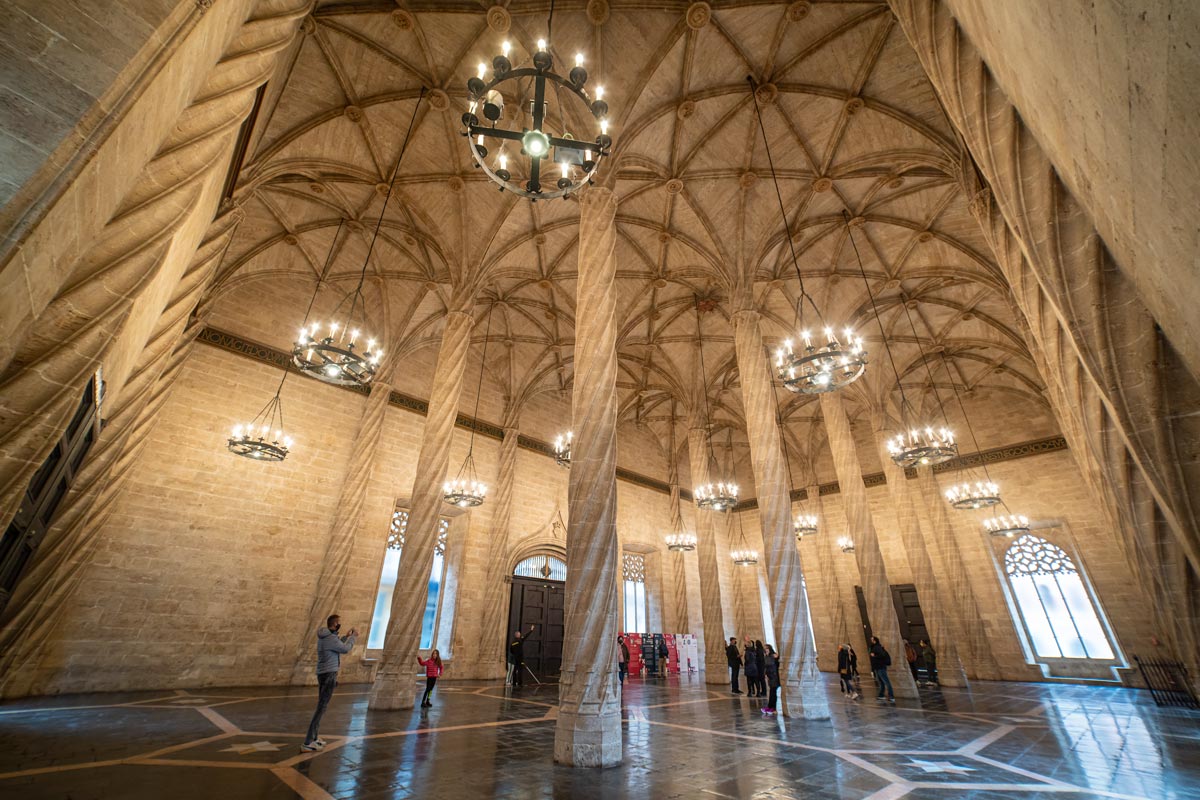
Valencia is as creative and contemporary as it is classical
From the age-old appeal of the compact Ciutat Vella, or Valencia’s Old Town, to the futuristic architecture of the Ciudad de las Artes y las Ciencias, Valencia strikes a perfect balance between old and new.
In just one bike ride – my favourite way to explore the city – you can let the city’s silk trading history unfurl under the webbed ceilings of the UNESCO-listed La Lonja de la Seda de Valencia, photograph the plethora of panorama-boasting towers in the old city, eat your way through the Art Nouveau Central Market, and then lose yourself in forward-thinking art at the Institut Valencià d’Art Modern, Spain’s first modern art museum.
Valencia is a UNESCO Creative City and former World Design Capital, and is home to at least two dozen galleries and museums (among many more) that are well worth a visit. Art and culture lovers are truly spoiled in this underrated city, as are those who simply want to walk through its rich Roman and Medieval history.
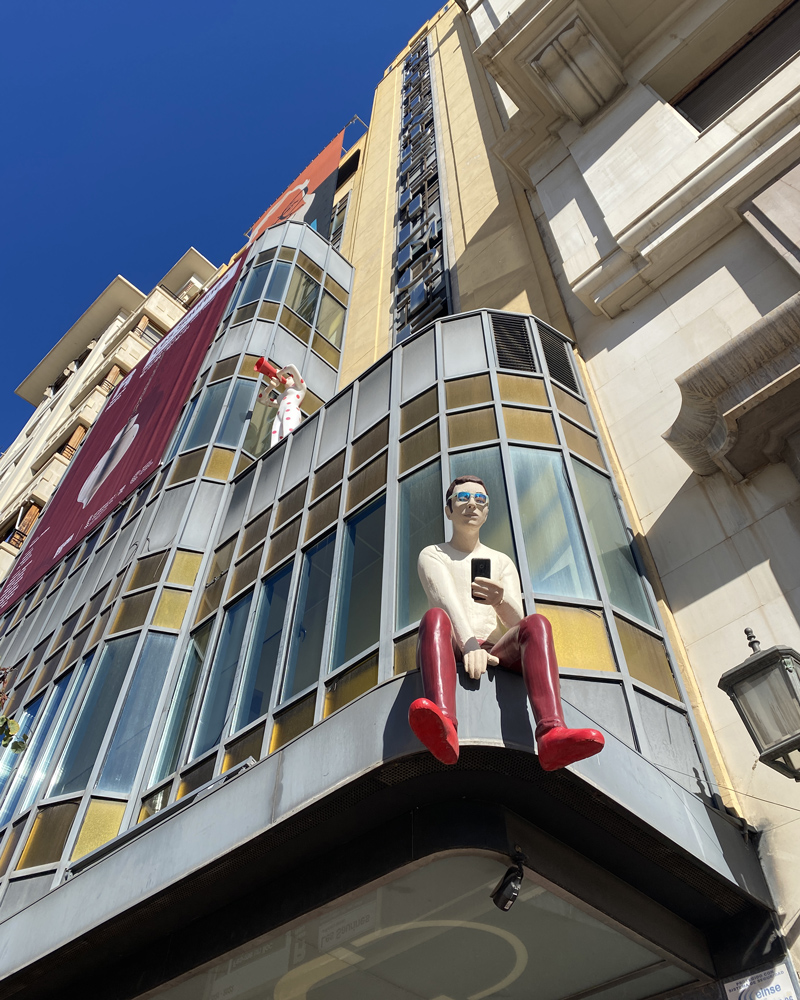
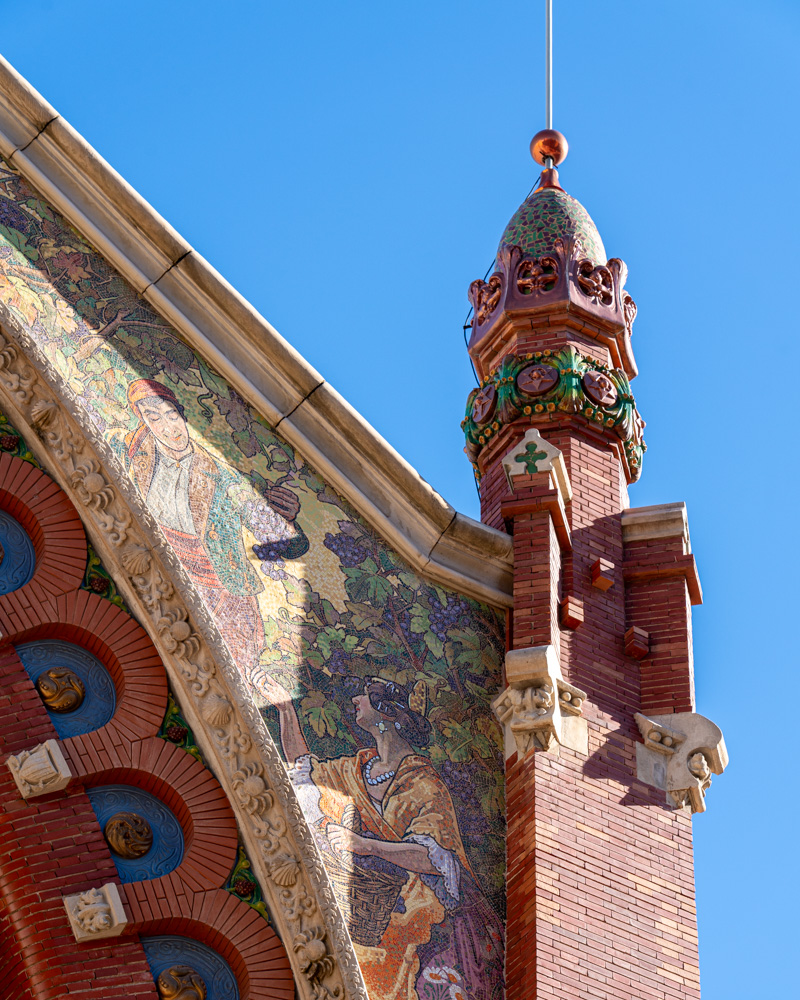
The City of Arts and Sciences sets Valencia apart
You don’t need to set foot in the futuristic, almost spaceship-like design of the Ciudad de las Artes y las Ciencias to appreciate it. A vast complex of primarily concrete and steel, coated in white, constructed at the end of the 20th century and the start of the 21st, it dazzles not just for its design credentials, but also for its location.
Built within the riverbed of the Turia River, which was dried and diverted following a devastating flood, the complex is the contemporary star of what is now the Turia Park. Valencia’s most unique feature, this long, meandering, sunken green space wraps around much of the city before reaching the artistic and scientific park with the Mediterranean Sea just beyond.
Home to museums, a domed cinema, opera, contemporary botanical gardens and an aquarium, which all somehow manage to respect the setting while also being wildly out of place, the complex is Valencia’s contemporary calling card – one that can easily fill a whole day.
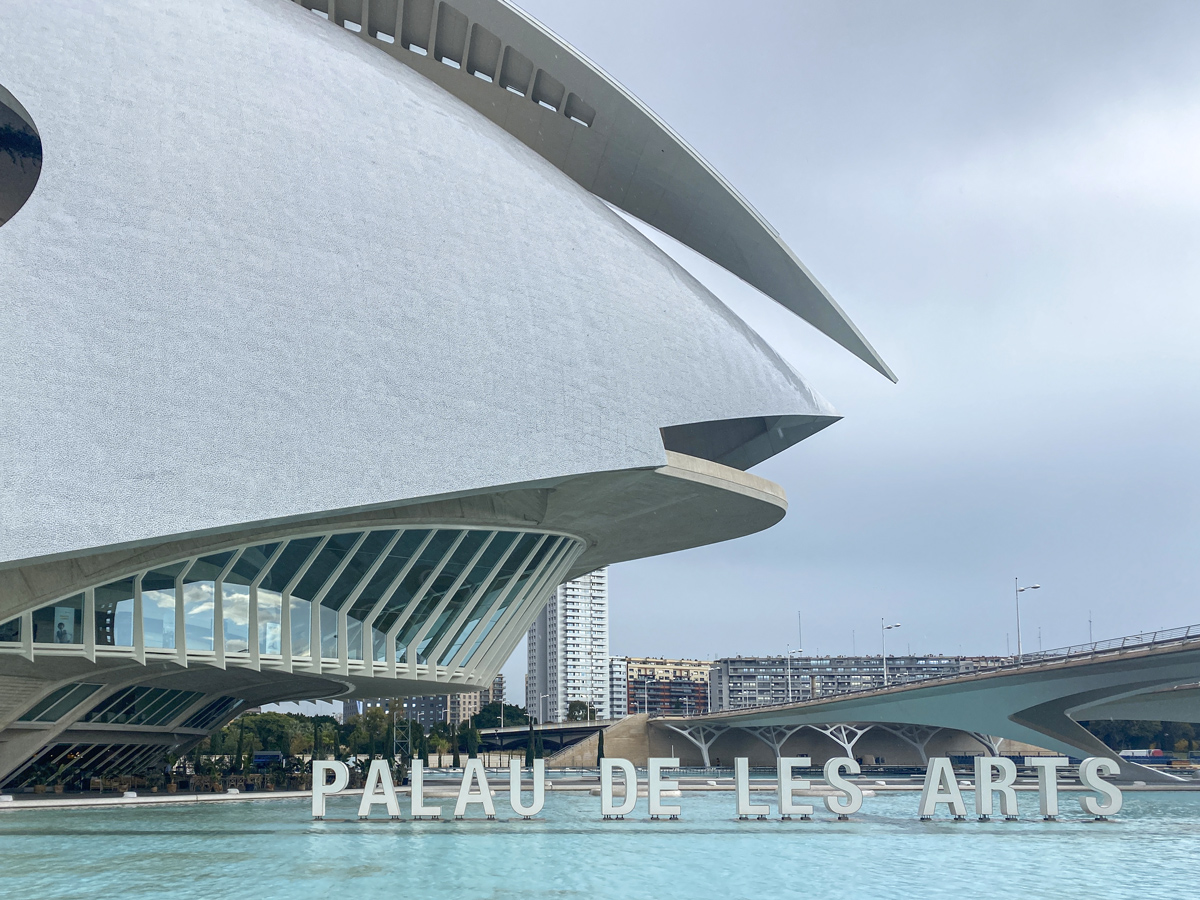
The Fallas Festival is one of Spain’s most famous
If you find yourself in Europe in March, then Valencia should be on your agenda. Why? Fallas. Now inscribed on UNESCO’s Intangible Cultural Heritage of Humanity list, this is one of Spain’s most traditional, fascinating and impressive festivals.
Hailing from an old woodworker tradition, when the burning of items signalled the end of winter and the start of spring, fire is very much the essence of this festival, which runs for around half of March, though the main events are all crammed into a few days. Pyrotechnics, bonfires, and ritual burnings take over Valencia, turning it into Spain’s cultured and celebratory capital.
Sustainability comes easily in Spain’s third city
Once you arrive, it’s easy to forget that Valencia is Spain’s third-largest city. There are abundant green spaces, characterful local neighbourhoods, and even the pedestrianised Old Town can feel like a small village. Best of all, the city and its surrounds have some 200 kilometres of mainly flat cycle paths, making getting around both breezy and green.
Valencia was the European Green Capital in 2024, acknowledging its commitment to sustainability and the local goal of transforming urban living. In a world of climate and overtourism concerns – a problem plaguing many of Spain’s most visited cities – spending holidays in destinations that are already making a sustainability effort feels good. It’s also the first city in the world to conduct studies measuring the carbon footprint of its industry, and it shows no signs of slowing down in improving the quality of life for residents and visitors.
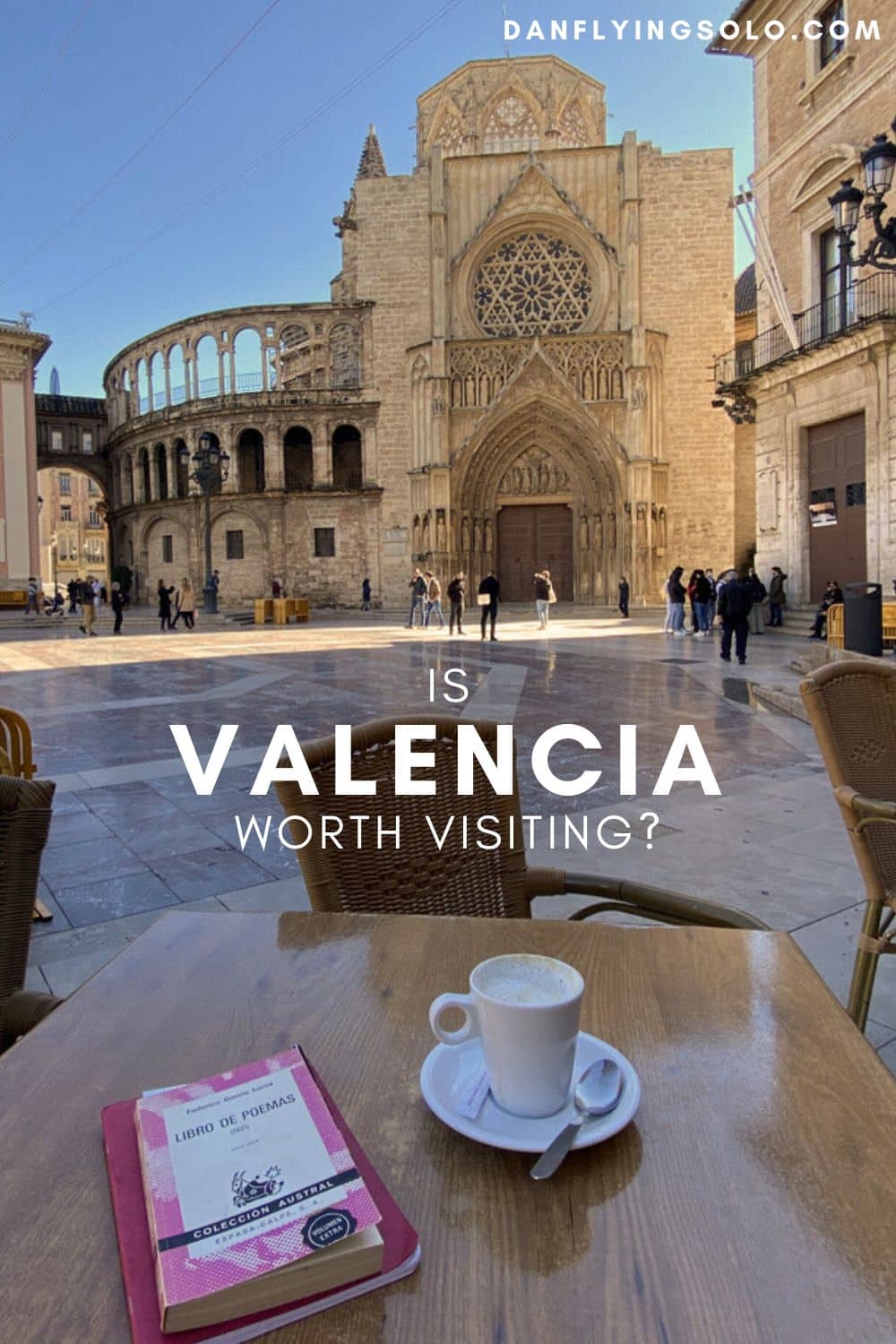
Rice, reserves and beaches: the Valencian Community is on your doorstep
It’s fair to say that the best beaches in Spain aren’t found in or around Valencia, especially if you’re looking for perfectly powdery sand far from urban life. But the shores in the Valencia Region are still ideal for a swim or to sunbathe, and instead are rich in fishing traditions.
In fact, you don’t need to stray far from the city at all to take a dip in the Mediterranean, enjoy a boat ride through the region’s highly prized rice paddies, or hike and enjoy the clean air of one of the two nature reserves within an hour of the city. Without the international tourism rush that Catalonia and Andalucia experience, exploring the Valencian Community can be both crowd-free and serene, with a few of Spain’s finest hidden gems often just around the corner.

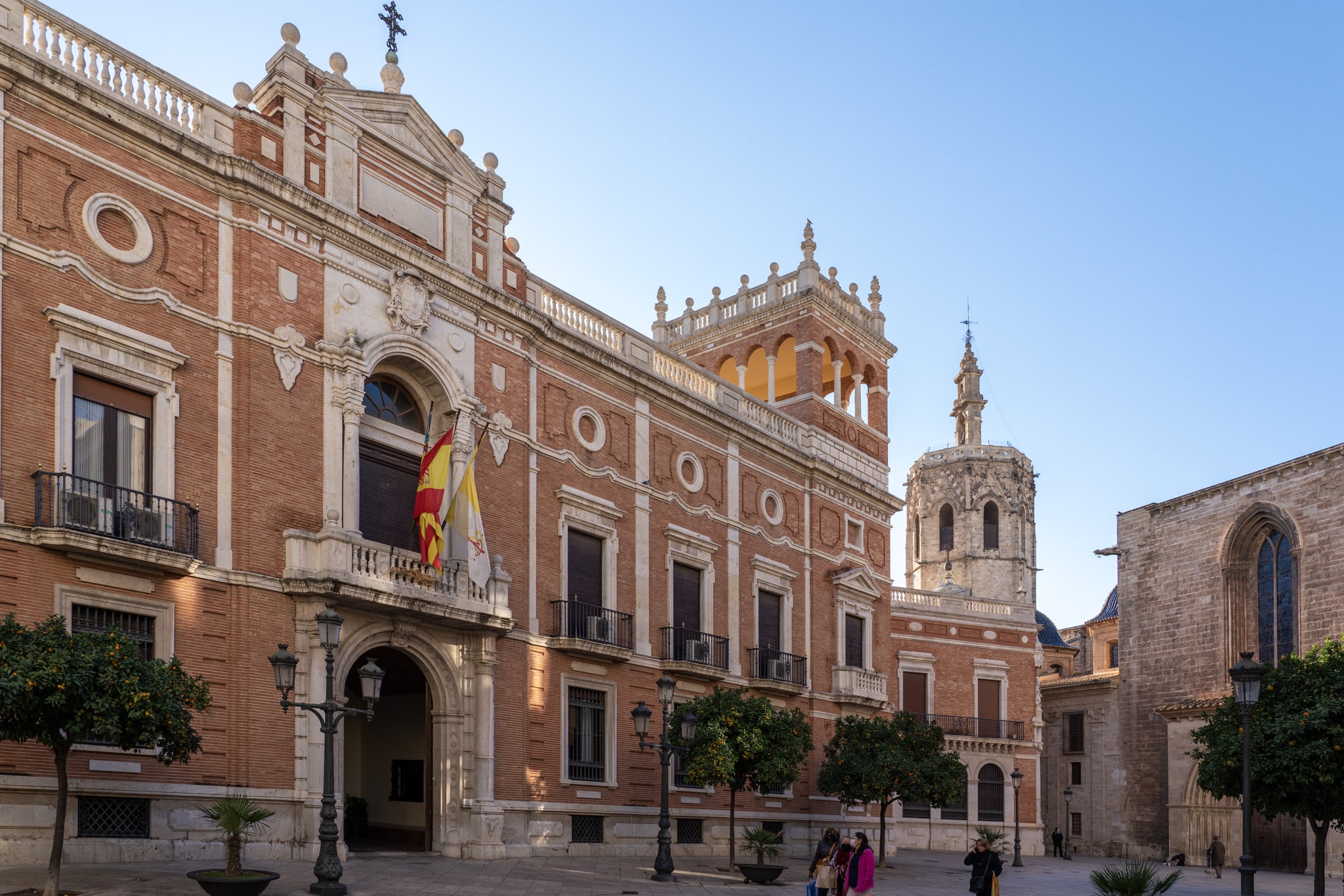
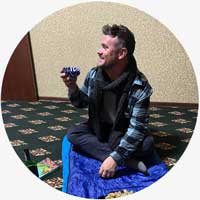


Leave a Reply
Want to join the discussion?Feel free to contribute!